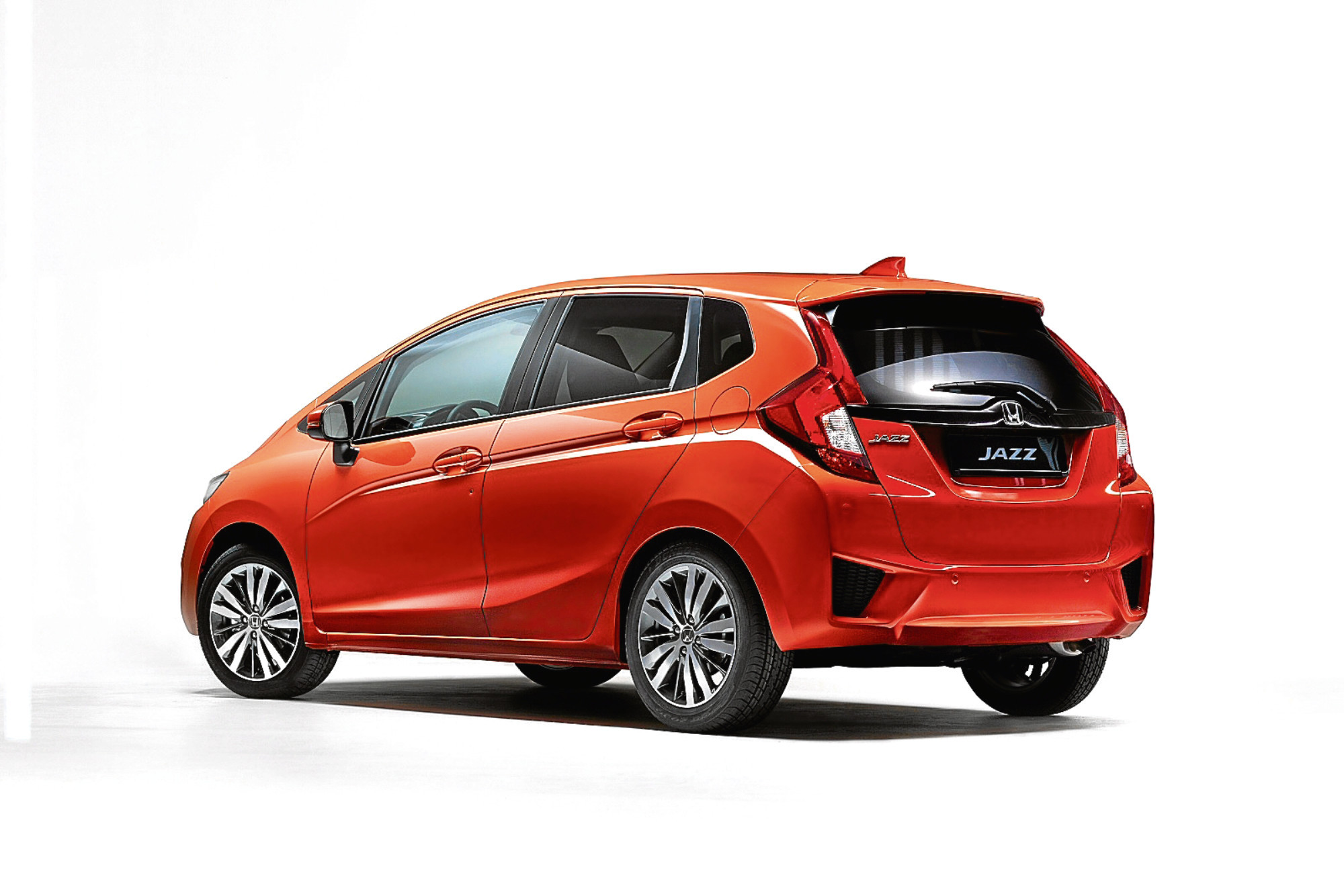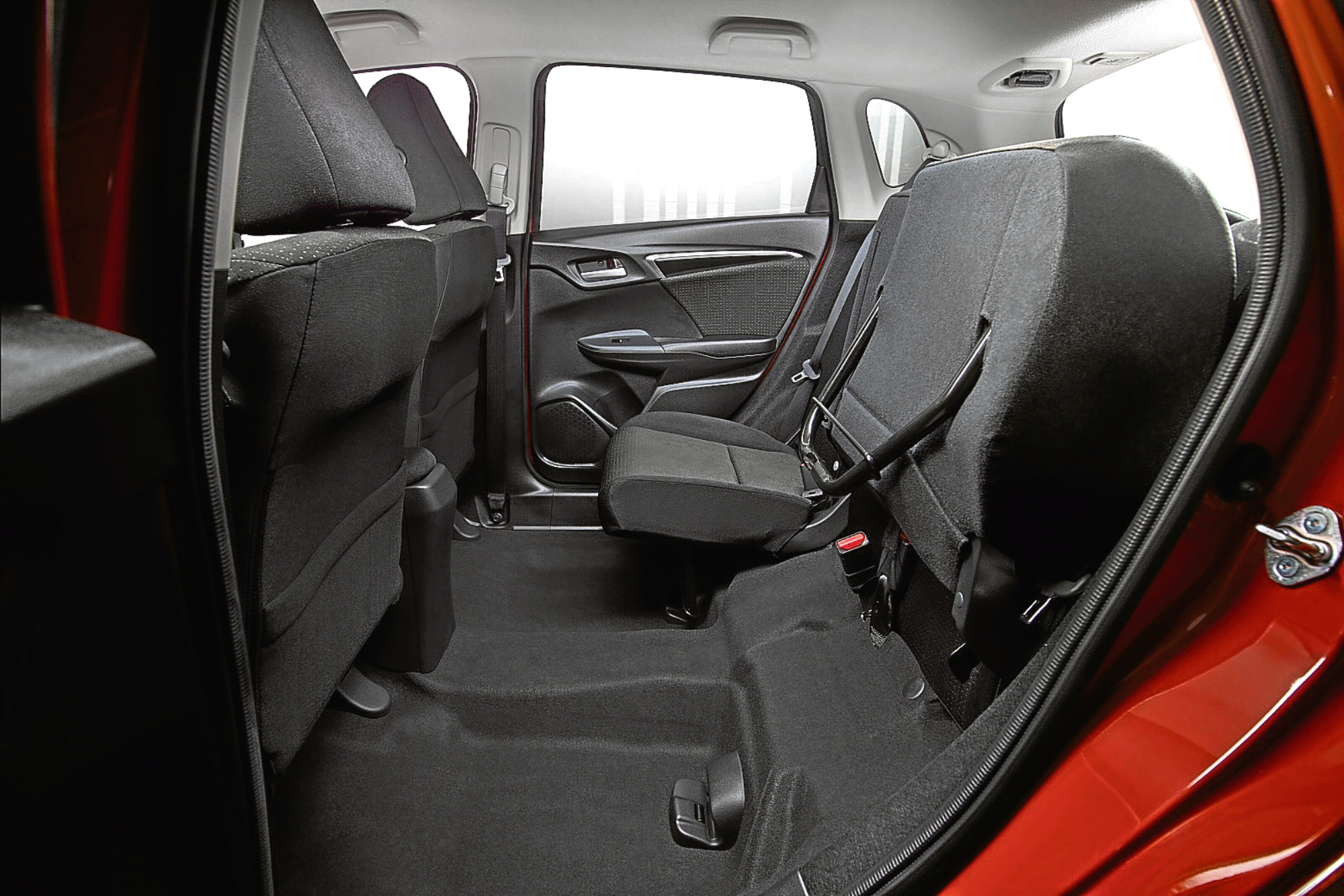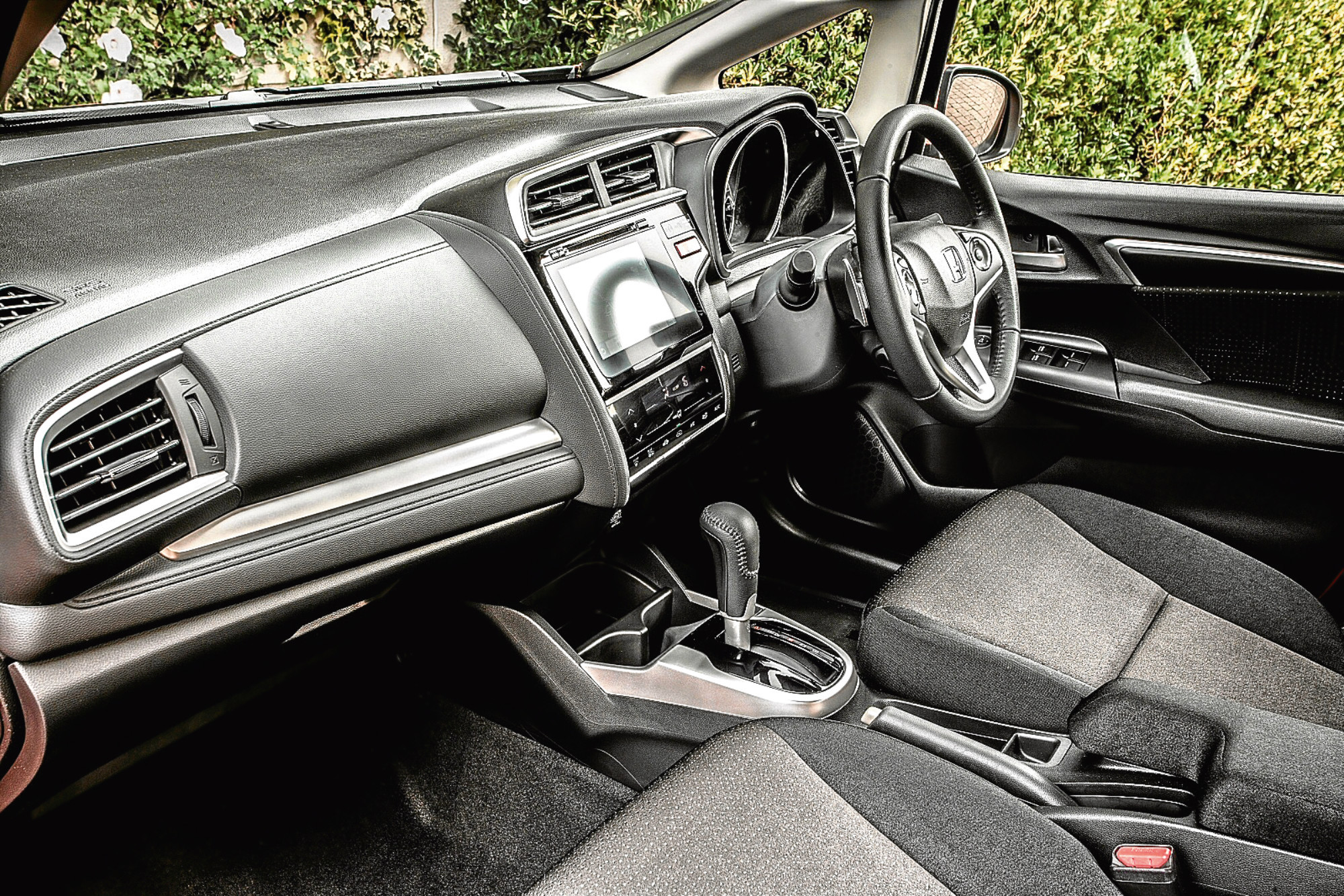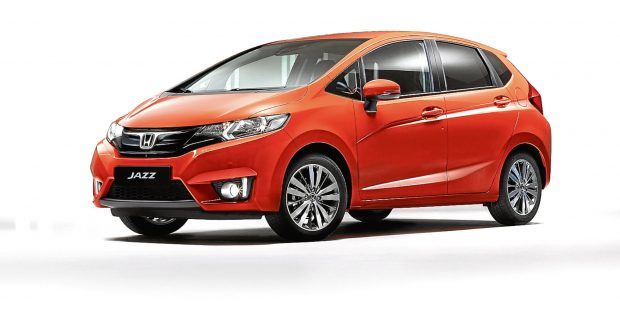How exactly do you better a best-seller?
Back in 2007 when they launched the second generation version of their Jazz supermini, you got the feeling that Honda really weren’t quite sure.
Its predecessor – launched in 2002 – had, after all, offered buyers something unique and unobtainable elsewhere, a revolutionary Magic Seat interior design that gave supermini buyers the greater practicality of a larger family hatchback.
Its replacement delivered more of the same in a smarter package – but not much else. With this third generation model, Honda had to move the game on – and the signs are that they have.

There’s a stiffer, more responsive chassis and a much more up-to-date petrol engine that’ll help the brand in its efforts to try and lower this car’s traditionally rather aging customer demographic. And all the Magic Seat cleverness inside continues, versatility that most segment rivals still haven’t matched.
The Jazz is both lighter and more structurally rigid than its predecessor. The suspension is also lighter, with struts up front and a torsion beam rear end combining with a longer wheelbase to better isolate road noise and surface imperfections.
The revised dampers also assist in improving ride quality and a redesigned electric power-assisted steering system claims to deliver better feedback for the driver. Yes, you heard that right: feedback. In a Honda Jazz. Things have certainly changed.
The only Jazz engine choice is a 1.3 litre i-VTEC petrol unit with 100bhp of power. It’s mated to a six-speed manual transmission which replaces the old five-speed box, and there’s also the option of a semi-automatic CVT transmission.

Honda has changed just about everything possible on the outside but it’s a Jazz and you know what? It still looks like a Jazz. Slightly bulbous and unthreatening, it remains but some of the detailing is now a bit sassier.
At the front, it now features the brand’s current “flowing wing” theme across the grille and headlamps, while at the side there are a pair of cut-in swage lines that rise from the front wheel arch to give shape to the otherwise vertiginous flanks. At the rear, there’s a tailgate spoiler and a practical-looking near-vertical rear windscreen.
The interior has come on leaps and bounds with a huge windscreen that imparts a genuine feel of airiness up front. It extends way overhead, meeting the roof panel a good few inches aft of where you’d normally expect that junction. This, along with the large front quarter windows, provides respectable forward visibility.
Boot capacity measures 354 litres, with space extending to 884 litres with those Magic Seats folded. The dash is dominated by either a five-inch LCD multi-information display or a seven-inch Honda Connect infotainment touchscreen, depending on model grade.
As before, Honda has priced this Jazz against higher quality offerings in the supermini segment, so expect to be paying Volkswagen Polo rather than Ford Fiesta money for one.
Specifications are generous across the range, with base-grade S models fitted with convenience features such as air conditioning, cruise control with speed limiter and dusk sensing auto lights. Every grade comes with Honda’s City-Brake Active to help avoid low-speed accidents.
The mid-grade SE model adds front and rear parking sensors, electrically adjustable and heated door mirrors and 15-inch alloy wheels. Honda’s Driver Assistance Safety Pack is also included, giving owners the extra reassurance of five advanced active safety aids.
Customers opting for the SE or EX models will also benefit from the Honda Connect in-car infotainment system as standard. This Android-based system features an app-based “pinch, swipe and tap” interface accessed on a seven-inch touchscreen in the centre of the dash.
The engineers on the Mk3 model Jazz development team have done what they could to improve efficiency here. You get a more slippery shape, there’s six rather than five speeds on the manual gearbox and of course there’s one of those stop-start systems to cut the engine when you don’t need it, stuck at the lights or waiting in traffic.
So that drivers can play their part, an ECO Assist function changes the backlight colour of the speedometer from white to green in fuel-efficient driving you’ll be able to monitor via fuel efficiency readings recorded on the infotainment screen.

The result of all this effort should see the CVT automatic version of this car return 61.4mpg on the combined cycle and 106g/km of CO2. Unfortunately, the figures managed by the manual transmission version most people will actually buy aren’t quite so good – 56.4mpg and 116g/km.
Bear in mind that all these readings apply to a car fitted with 15-inch wheels and will worsen slightly if you have a top variant like this one with 16-inch rims. This smarter third-generation Honda Jazz has evolved, with its ethos shifting subtly. One thing hasn’t changed though.
Ask almost any motoring expert to recommend the supermini they’d buy with their own money and many will still plump for this one. It isn’t the feistiest car of its kind on a twisty road, but we’d trade that for this model’s excellent ride and superb gearbox.
But at the end of the day, that isn’t personally why we’d choose one. For us, it’s still the cleverness of this car’s packaging that impresses most, with its neat magic seating and tardis-like cabin.
It’s true that equipment levels could be higher and cabin materials plusher but against that, build quality is excellent and residual values unrivalled. It all explains why this car has such a dedicated following. Try one and you’ll understand.
